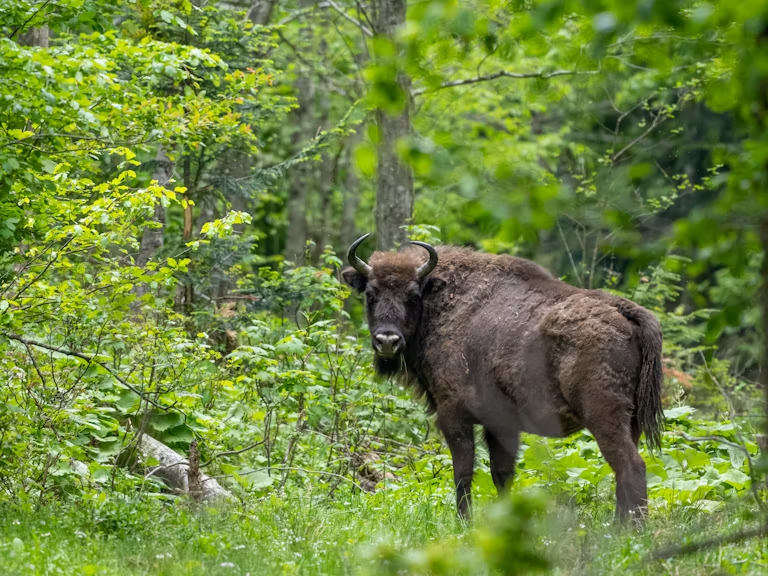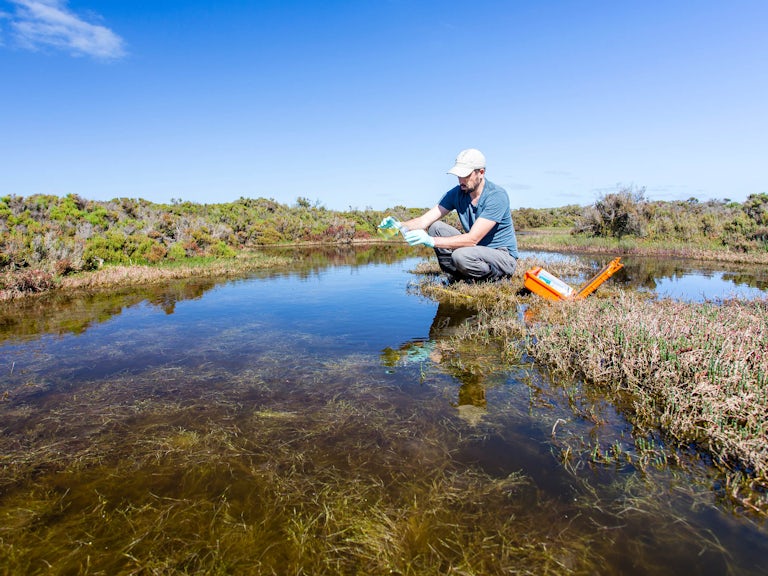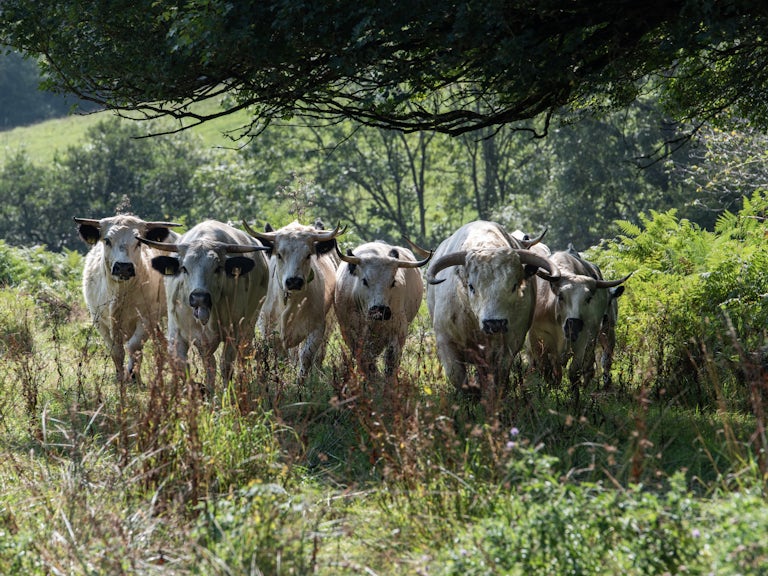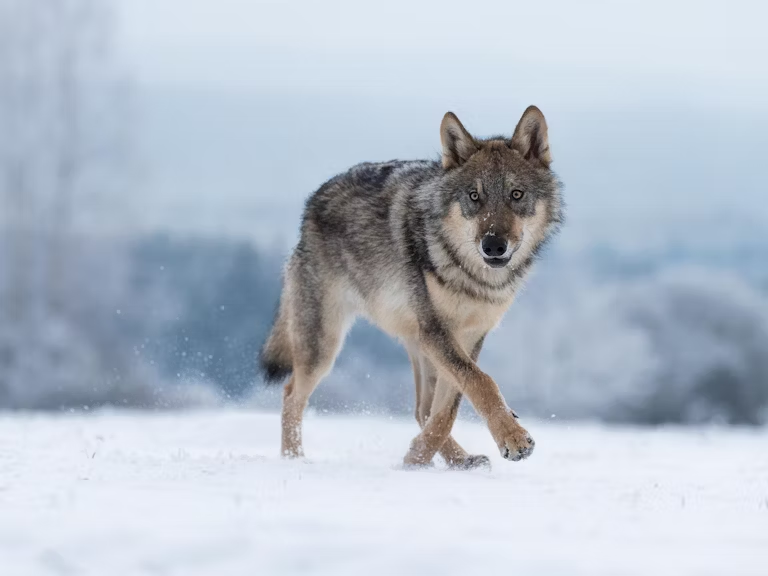A Guide to Grazing and Browsing for Rewilders
Learn about the requirements, costs and regulations for introducing native herbivores to rewilding landscapes in Britain.
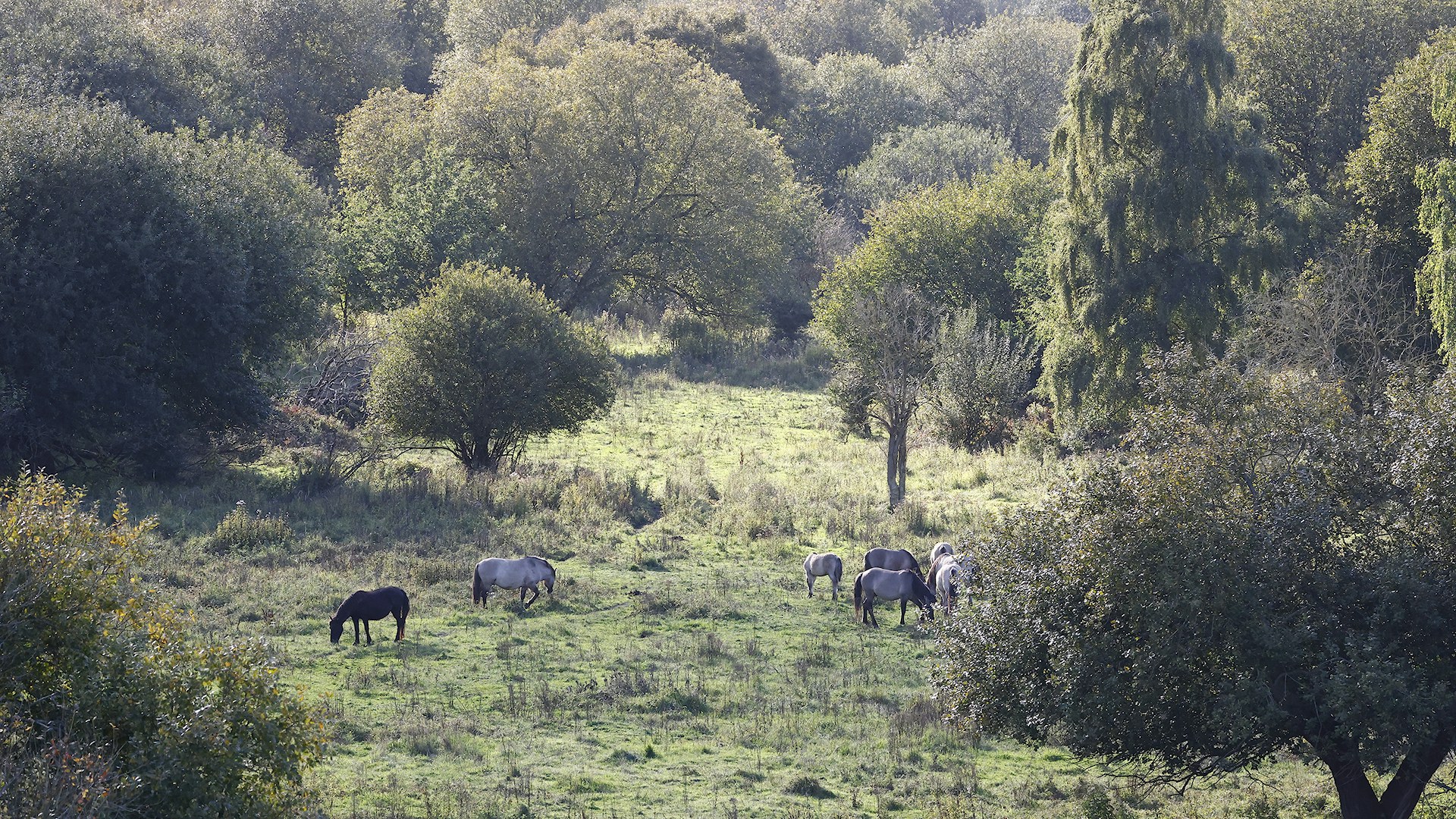
Restoring the ecological processes associated with herbivores is often a priority for rewilding projects, but knowing which absent herbivores are likely to suit a site can be a challenge.
Understanding the social dynamics of animals, the costs involved, the expertise required and any relevant regulations are key when developing a rewilding strategy. From bison and beavers to horses and pigs, this guide covers the essential information you need.
The guide also showcases the many benefits your rewilding site or farm could gain from following this nature-led land management technique – including increasing biodiversity, helping to tackle the climate breakdown and even benefitting from agri-environmental subsidies.
We aim to provide practical information and examples from the field to help you understand the role of each herbivore and develop a grazing strategy that makes sense for your site. If you’ve already taken steps on your rewilding journey or you’re exploring how to rewild your land and thinking about the role of herbivores, this guide is for you.
What the guide covers
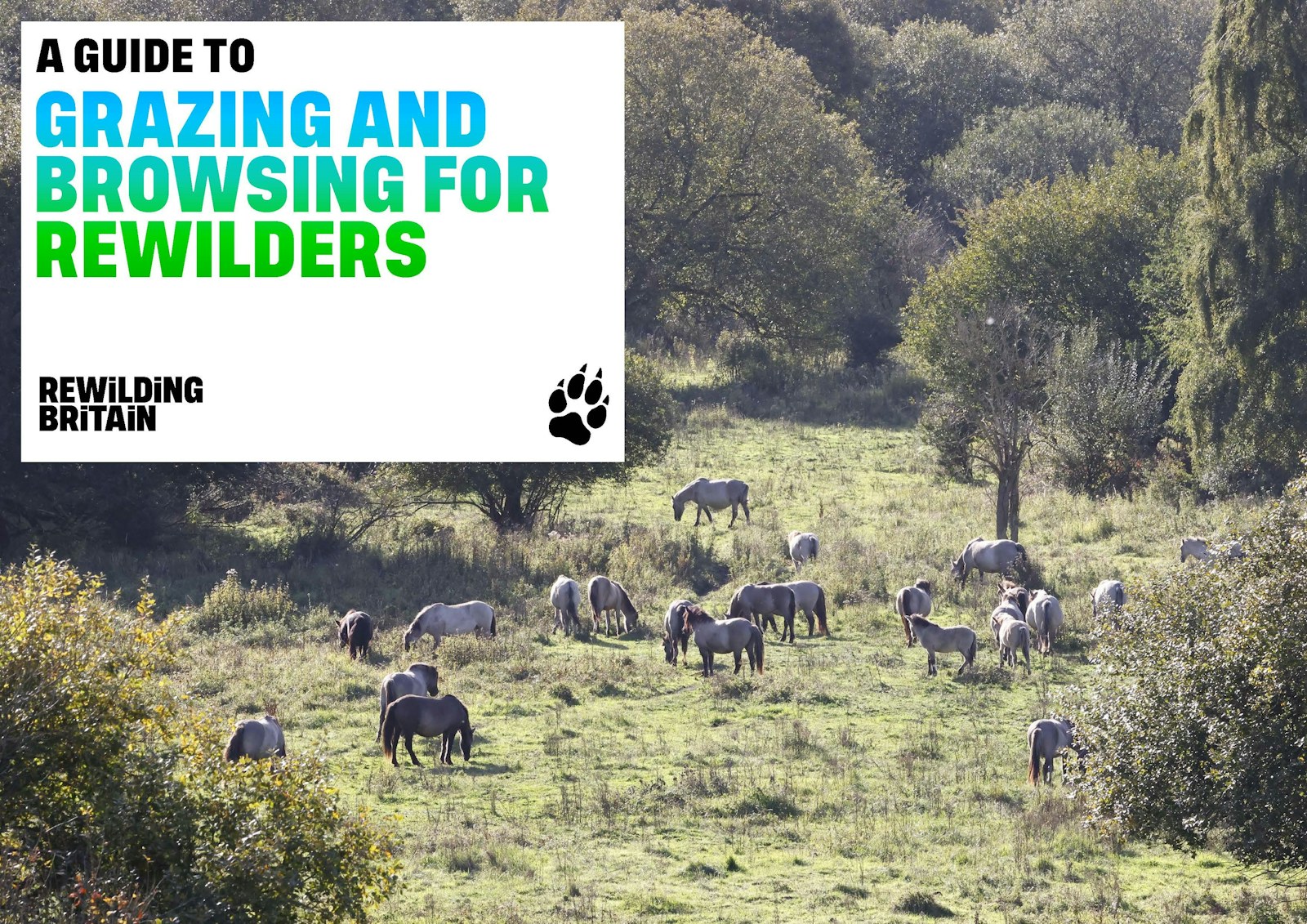
A Guide to Grazing and Browsing for Rewilders
Download pdf1. THE BENEFICIAL ROLE OF GRAZERS AND BROWSERS
Why and how grazers and browsers play such an important role in our native habitats.

2. HOW TO GET STARTED
What you need to consider before introducing herbivores, such as costs and the animal numbers that your land can support.

3. WHICH NATIVE HERBIVORES TO CONSIDER
Profiles of the eight native large herbivores in British ecosystems: wild boar, pigs, cattle, deer, wild horses and ponies, European bison, Eurasian elk and beavers.

4. LEARN FROM EXAMPLES IN THE FIELD
How British rewilding projects have considered and successfully implemented herbivore plans.

Catalysing rewilding
Through the Large Herbivore Working Group, we collaborate with peers across ecology, academia and the veterinary sector to respond to the challenges and opportunities of reintroducing native herbivores.
Learn more about our alliances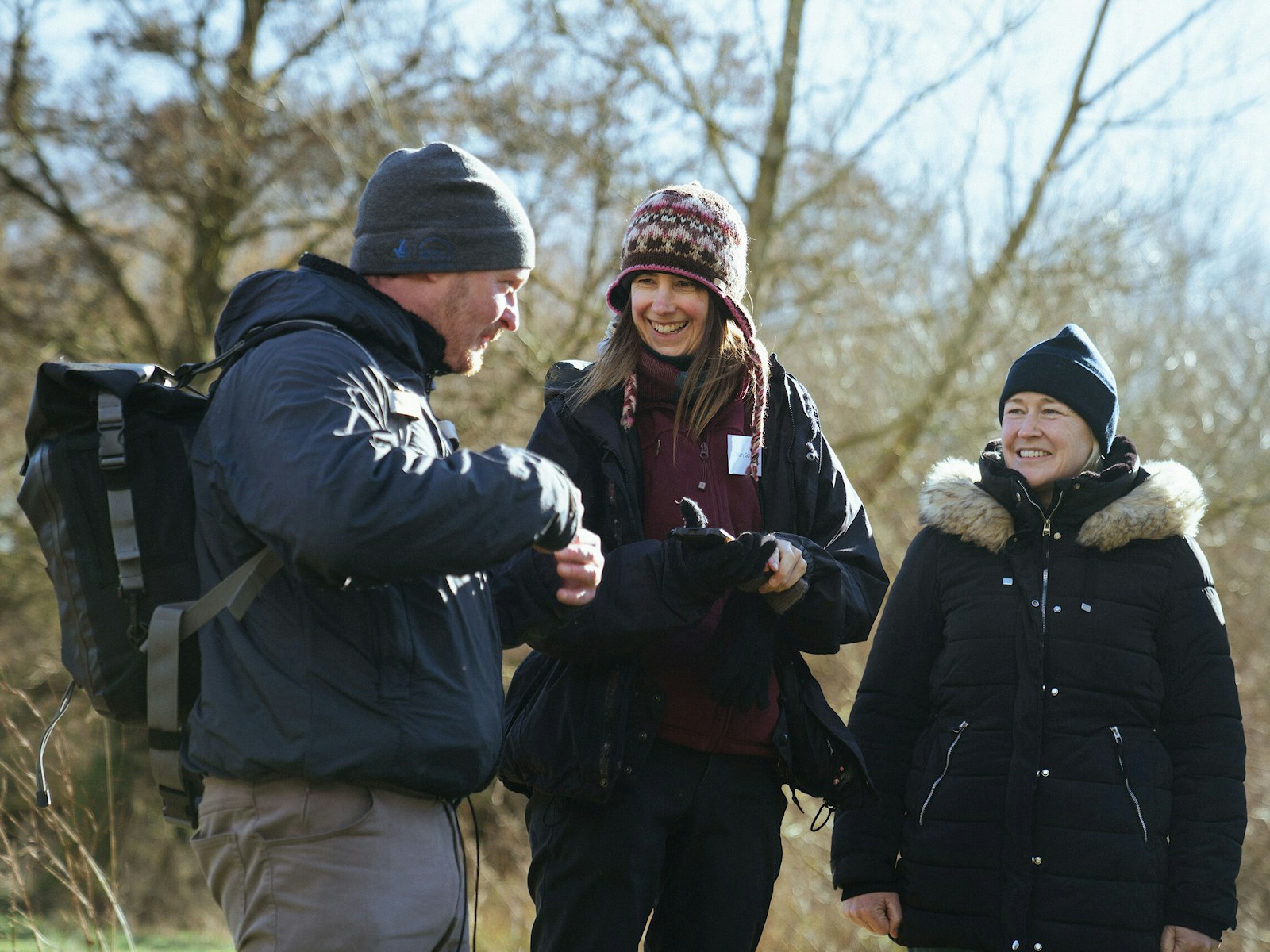
Still have questions?
If you’re rewilding land or sea already, or you plan to do so, we encourage you to access further support by joining the Rewilding Network.
